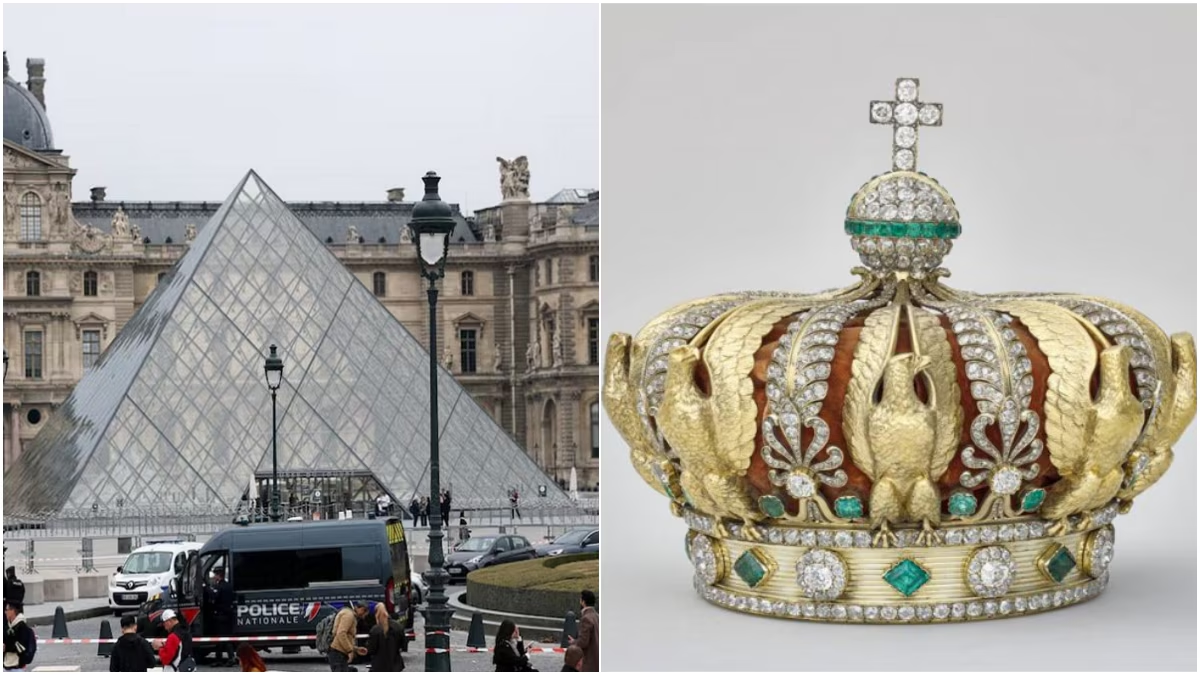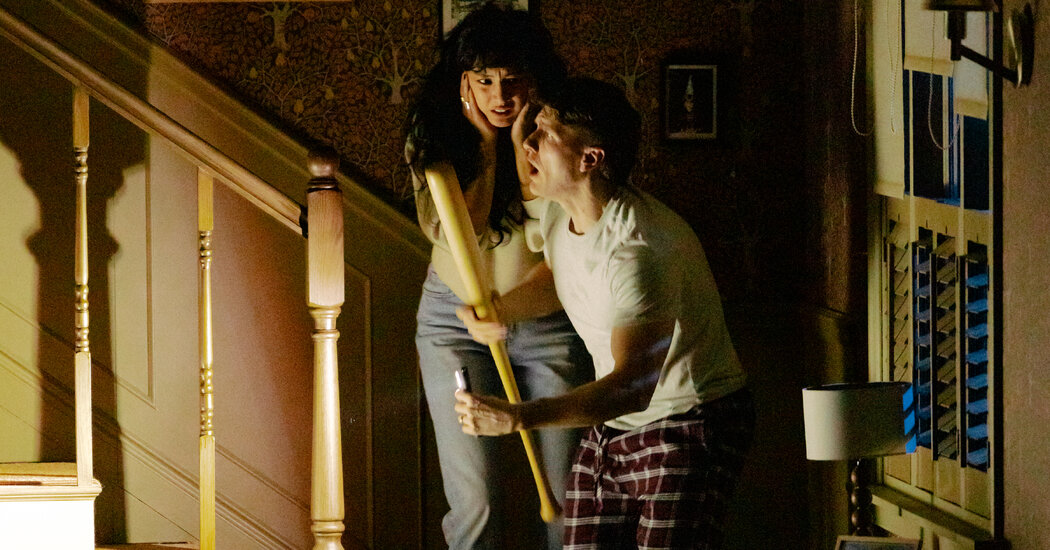Copyright breezyscroll

In a startling revelation about the recent heist at Paris’ Louvre Museum, France’s Ministry of Culture confirmed that the stolen Napoleonic-era jewels were not privately insured. The disclosure adds another twist to one of Europe’s most audacious museum robberies in decades. According to French media reports, the thieves may have already melted down the precious jewels to avoid being traced. The daylight robbery, which took place on October 19, lasted just seven minutes and was executed with military precision, leaving investigators stunned. The robbers stole eight priceless jewels from the museum’s royal collection, valued at around €88 million ($102 million). The missing pieces include a tiara, necklace, and earrings from Queen Marie-Amélie’s sapphire set; an emerald necklace and earrings from Empress Marie-Louise’s set; and several jewels belonging to Empress Eugénie de Montijo, including a tiara and a large bodice bow brooch. During the escape, the Crown of Empress Eugénie was dropped and later recovered—though damaged, according to officials. Experts suspect jewels were dismantled or melted Erin Thompson, an art crime expert at John Jay College of Criminal Justice, told USA Today that perpetrators of high-profile museum thefts often melt or dismantle recognisable items within hours to prevent identification. “Selling something like Empress Eugénie’s crown is highly risky—breaking it down into individual diamonds is far safer,” Thompson said, adding that if the Louvre thieves are experienced, they may also recut larger gemstones to disguise their origins. Speaking to CNN, Remigiusz Plath, secretary of the International Council of Museum Security, noted a rising trend in museum heists across Europe in recent years, with thieves targeting royal and historical collections for their black-market value. Why were the jewels not insured? French law prohibits institutions like the Louvre from taking private insurance for their collections unless the artworks are being transported or loaned to another museum. Romain Déchelette, president of the French fine art insurance firm Serex Assurances, explained to CBS News that the Louvre’s collection is classified as state property, meaning it is owned and insured by the French government. “Under normal circumstances, the museum does not take out private insurance for its pieces while they remain on-site. Their protection falls under state accountability,” Déchelette said. Louvre reopens, investigation continues The Louvre Museum reopened on Wednesday, three days after the heist, welcoming visitors at its regular time of 9 a.m. (0700 GMT). However, the Apollo Gallery—where the jewels were displayed—remains closed as investigators continue examining the scene for clues. Authorities have yet to make any arrests, but French police are working with international agencies and private security experts to trace the stolen jewels.



